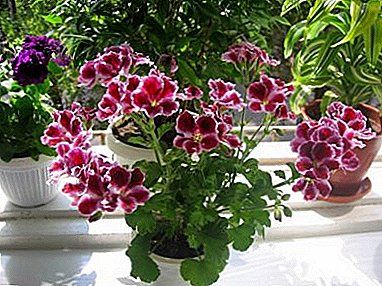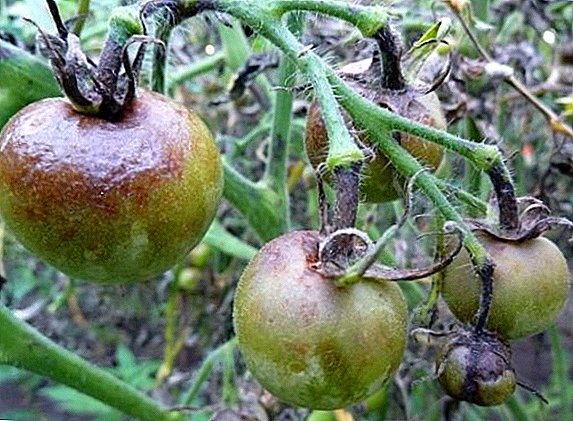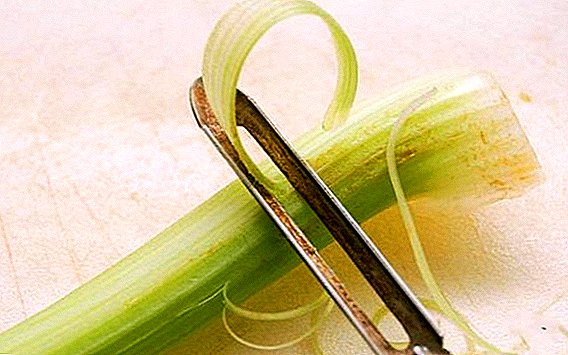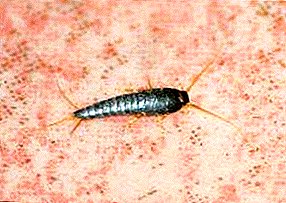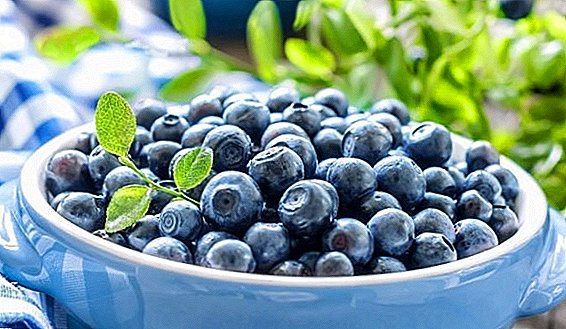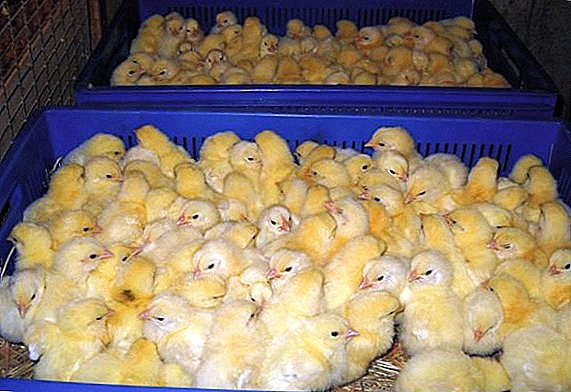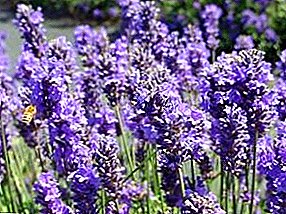 Lavender - this is a medicinal and decorative aromatic evergreen plant with silver leaves and flowers of various shades of purple, gathered in spikelets.
Lavender - this is a medicinal and decorative aromatic evergreen plant with silver leaves and flowers of various shades of purple, gathered in spikelets.
The smell of flowers and nectar of lavender is very attractive for butterflies and bees. Seeing this evergreen shrub in the flowering stage, you immediately fall in love with its fresh aroma and purple flowers.
If you apply a little diligence and use the knowledge that you gain by reading this article, it is quite possible to grow lavender yourself on your windowsill.
Lavender's homeland is the Canary Islands, India and the Mediterranean countries. The Latin word "lava", literally meaning "wash", gave the name to this plant and reflects the hygienic and antiseptic properties of lavender.
Let's look at the basic rules for growing lavender.
Note to the gardener: Violets, planting and care.
Find out how to grow gladiolus here.
See photos gatsanii //rusfermer.net/sad/tsvetochnyj-sad/vyrashhivanie-tsvetov/posadka-gatsanii-yuzhnoafrikanskoj-romashki-v-nashih-shirotah.html.
Planting lavender and especially its care
The plant prefers a sunny, open space and alkaline or neutral soils that have sufficient drainage. Potassium fertilizers are suitable for lavender. In the fall and spring, it should be mulched and spud, such care contributes to the emergence of new shoots.
Proper care is based on two important principles:
Watering - carried out with water, settled during the day at room temperature. Watering is done during the growth period every day, early in the morning or in the evening. Keep the soil constantly wet. Moreover, it is necessary to water both the soil and the green part of the plant.
 In the case of too dry air in the room, it is necessary to spray clean cold water near the plant. Soon after sowing, fertilizer seeds must be fertilized with liquid fertilizers.
In the case of too dry air in the room, it is necessary to spray clean cold water near the plant. Soon after sowing, fertilizer seeds must be fertilized with liquid fertilizers.
Lighting - it is desirable to find the plant on the window sill on the south side, because lavender is a light-loving plant. If the light is not enough for her, the lamp lighting is permissible.
In summer, lavender will appreciate it if you take it out to the balcony, but you have to gradually “accustom” the beauty to walking: first for one hour, then for two. Increase the time of her stay on the balcony slowly, until she finally "moves" there,
There are several ways to reproduce lavender. Consider the main.
Recommended article: Verbena, care and planting.
Learn interesting facts about growing lemon mint //rusfermer.net/sad/tsvetochnyj-sad/vyrashhivanie-tsvetov/monard-poleznoe-i-aromatnoe-ukrashenie-vashego-sada.html.
Reproduction lavender
The easiest way to reproduce is stem cutting. To this end, the branch of the shrub is laid horizontally, covered with soil and put the load on top. After several months, the layering will take root, it is separated from the parent plant and transplanted.
It is possible to root rooted cuttings and branches.
 Growing lavender seeds is quite difficult, the seeds must undergo stratification (exposure to low temperatures).
Growing lavender seeds is quite difficult, the seeds must undergo stratification (exposure to low temperatures).
After this procedure, the seeds are sown in a pot with good drainage, then placed in a bright place. At a temperature of 15-21 ° C, the seeds sprout during a month.
The wintering mode of lavender is preferably cool because it has a good effect on flowering.
Therefore, in winter the plant is placed on the window sill as far as possible from radiators and heating systems and watering is carried out moderately.
At the end of the winter period, a young plant of lavender is planted in a new pot.
Read the best tips on caring for roses in the garden.
Learn how to grow chrysanthemum in the garden //rusfermer.net/sad/tsvetochnyj-sad/vyrashhivanie-tsvetov/razmnozhenie-i-vyrashhivanie-hrizantem-poleznye-sovety.html.
Diseases and pests of lavender
The most common of the diseases of lavender is gray rot. Parts of the plant affected by rot need to be removed and burned.
Lavender is the perfect decoration for a garden of any style, a city apartment, and a balcony. Even a hedge can be made from a plant. 
The lavender will decorate with itself the mixed flower beds, the pharmaceutical gardens, and also the lavender perfectly grows and pleases the eye in tubs and pots.
Lavender growing along the garden path, when touched, exudes an exquisite aroma and it is believed that its smell deters insect pests.
Growing this unique in its decorative and medicinal properties of the plant, you feel the joy of watching the variety of colors on its colors, feeling the aroma and experiencing the joy of contact with the beautiful!


 Note to the gardener: Violets, planting and care.
Note to the gardener: Violets, planting and care. Recommended article: Verbena, care and planting.
Recommended article: Verbena, care and planting. Read the best tips on caring for roses in the garden.
Read the best tips on caring for roses in the garden.